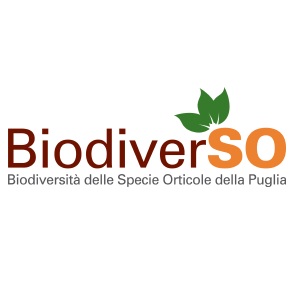THE MEDITERRANEAN DIET AND THE BIODIVERSITY.
Eating of several varieties of fruit and vegetables enriches our diet with compounds having essential and biologically active functions that prevent several diseases.
it is a news by www.biodiversitapuglia.it
Ancel Benjamin Keys, the American biologist who discovered Mediterranean diet benefits, in 1993 reported that “the Mediterranean Diet is mainly vegetarian, that is: pasta in various shapes, vegetables seasoned with olive oil, all kind of seasonal vegetables in addiction to cheese, every meal ends with fruit and is frequently accompanied by wine ».
He also said: “I’m referring at “leaves “. (…) all kinds of leaves are really important for each part of every day’s diet. There are many types of lettuce, spinach, chard, portulaca (…), endive and turnips ».
Thus, Ancel Keys emphasized the fact biodiversity is important also when we speak about dishes.
Eating various types of fruit and vegetables enriches our diet with essential and biologically active substances having efforts for preventing numerous diseases.
It makes our nutrient needing complete.
It enriches our menu with several colors and stories.
It avoid the extinction of typical products of our land.
It improves us, simply.
Written by Pietro Santamaria for the project Biodiverso;
(link: www.biodiversitapuglia.it)
The main purpose of the integrated project BiodiverSO is to help achieve a significant reduction of the current rate of erosion of the biodiversity of Apulian horticultural species.You can read all news, all info and all research about the project Biodiverso – Biodiversity of Apulian horticultural species.
(link: www.biodiversitapuglia.it)Ii is a project by ATS “RETE PER LA BIODIVERSITÀ DELLE SPECIE ORTICOLE IN PUGLIA” “BIODIVERSO
(link: www.biodiversitapuglia.it)
photo
(link: www.pixabay.com)
#Tipici
#Puglia #Basilicata


